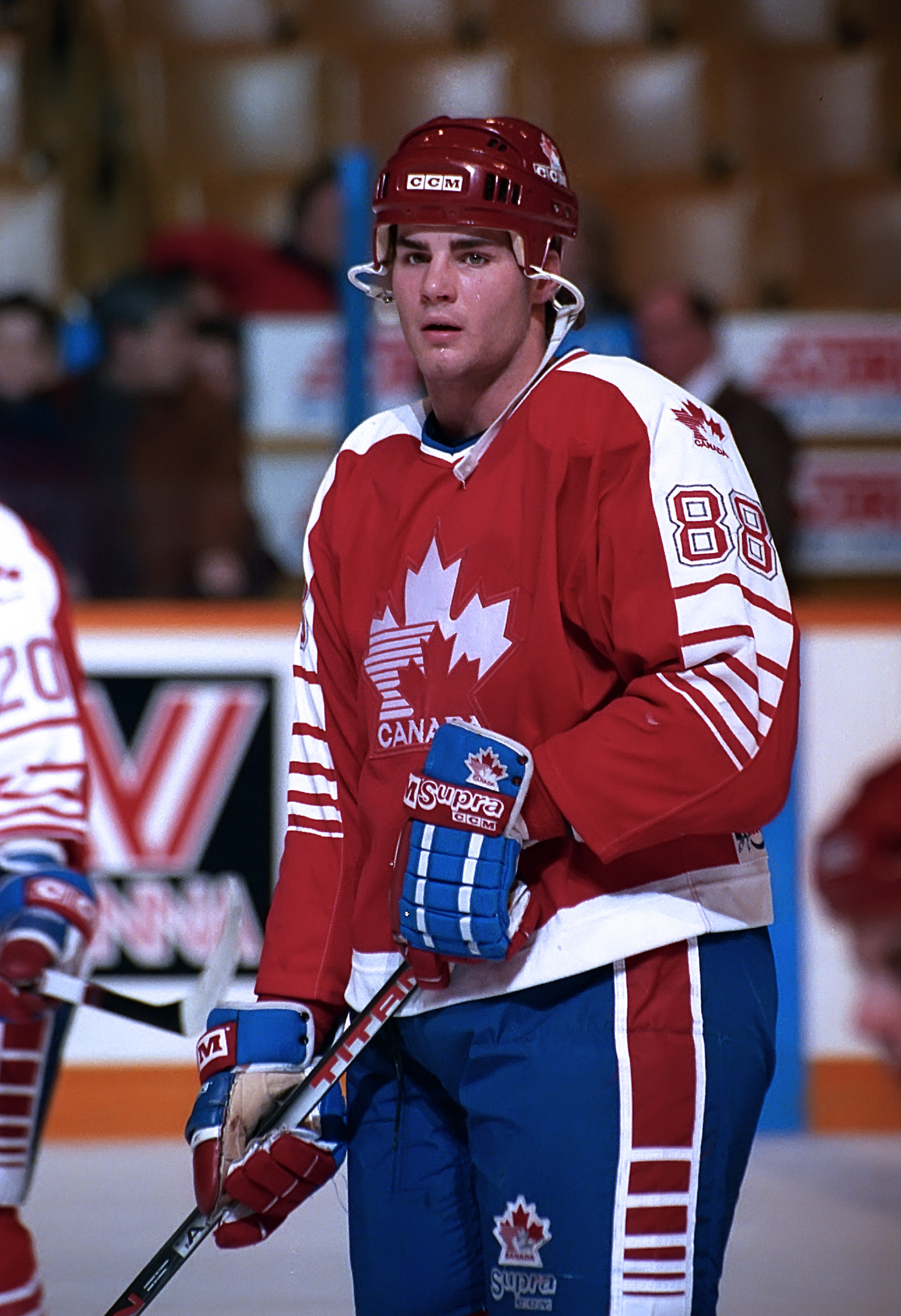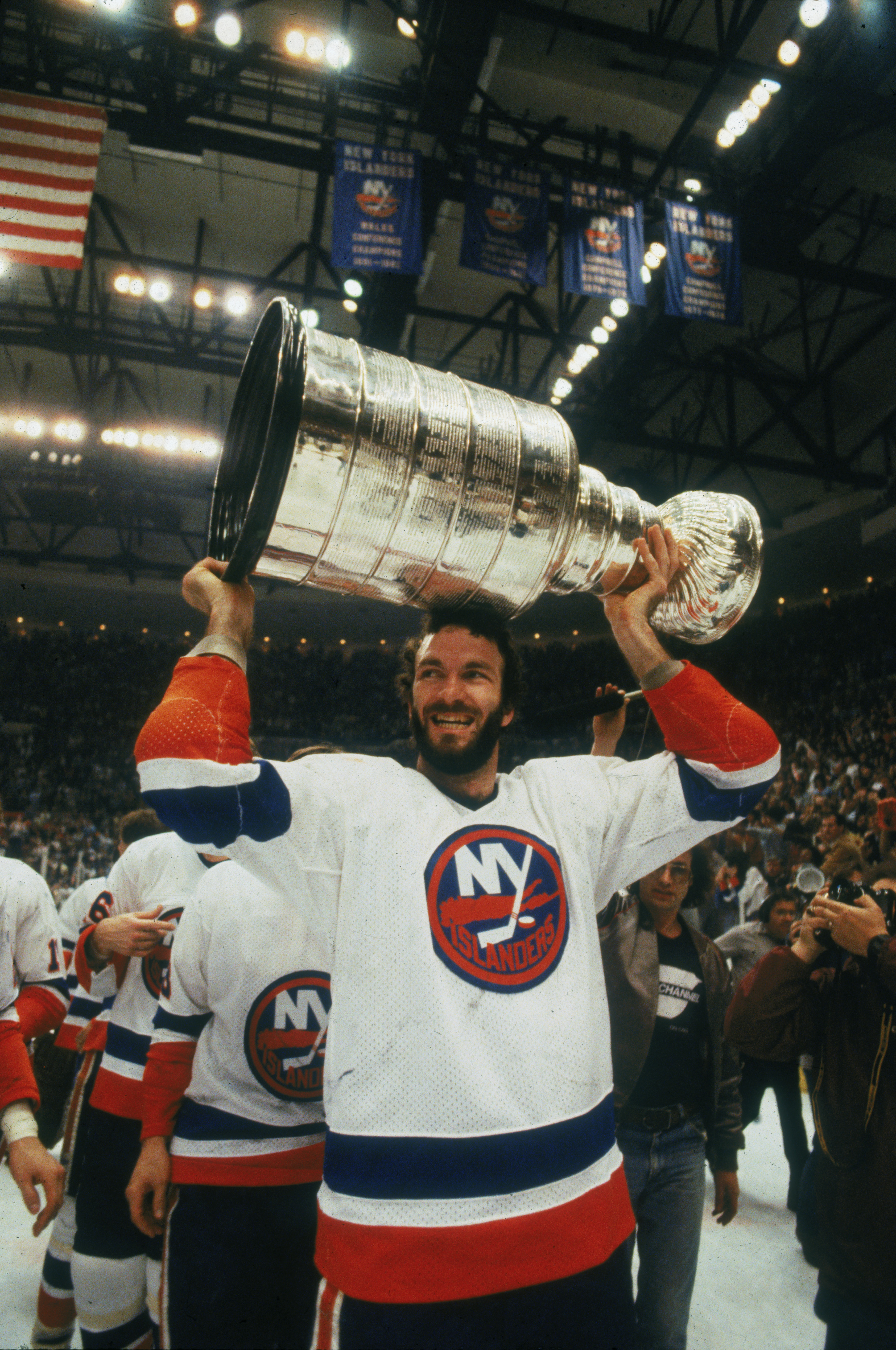When Eric Staal and Josh Ho-Sang left the AHL to play for Canada at these Olympics, people wondered if NHL contracts would await them on their return. Most Olympic teams entered the tournament with a guy or three in this position - the veteran minor leaguer or overseas pro who has the remote chance to impress a GM.
Other Olympians know where their careers are trending. This year, the U.S. and Canada combined to send 18 NHL prospects to Beijing. Eight of them are teenagers.
Both countries lost in the quarterfinals, but these players mostly shone en route. Prospects led the U.S. in scoring (Sean Farrell), shots on net (Brendan Brisson and Matthew Knies), and ice time (Brock Faber among defensemen, Matty Beniers up front). Owen Power logged major minutes for Canada. Kent Johnson racked up five points.


This used to be a hockey tradition: standout college and junior players, plus Europeans of the same age, foreshadowing at the Olympics that they'd produce in the NHL. That stopped when established NHLers overran the tournament, but PyeongChang 2018 revived the trend.
Canada's youngest 2018 Olympian was 25 years old, but college recruits Ryan Donato and Troy Terry brightened the U.S. team's seventh-place performance. Donato scored five goals in as many contests, while Terry dished four assists in two knockout games alone. Donato debuted in the NHL the next month, while Terry's torrid offensive start to this season earned him an All-Star nod.

The European Olympians who leaped to the NHL range from Miro Heiskanen and Rasmus Dahlin (All-Star defensemen) to Eeli Tolvanen and Dominik Kubalik (complementary forwards) to the young core of the 2018 gold-medal Russian team. Vladislav Gavrikov played 23:17 in the final; Artem Zub assisted on the last-minute, game-tying marker; Kirill Kaprizov's fifth goal in PyeongChang clinched gold in overtime, and now he's top 10 in NHL scoring.
Their rise to prominence mirrored what happened in 1994, back when the NHL had never gone to the Games.
Slovakian prospect Zigmund Palffy led all scorers at those Olympics with 10 points, while his 19-year-old teammate, Miroslav Satan, bagged nine goals. Finland's great young trio - Jere Lehtinen, Saku Koivu, and Sami Kapanen - left for the NHL in 1995. Peter Forsberg was 20 when he popularized his namesake shootout move in the Olympic final. Soon-to-be NHL goalie Tommy Salo stoned Paul Kariya's next attempt to win Sweden the gold.
Kariya, a college superstar and Canada's top Olympic scorer at 19 years old, shook off the loss and, like Forsberg, eclipsed 100 points as an NHL sophomore in 1995-96. Some of his '94 teammates and American opponents, including Adrian Aucoin, Todd Marchant, and Brian Rolston, stuck in the NHL for almost 20 seasons.
1992's precocious Olympians hailed from all over. Finland's Teemu Selanne sniped 76 goals as a rookie in '93. Canada's Eric Lindros won the Hart Trophy in '95. The U.S.' Keith Tkachuk became a 500-goal scorer. Czech forward Robert Lang and Poland's Mariusz Czerkawski became NHL All-Stars. The Unified Team won gold, then sent to the NHL a slew of under-22 standouts: Alexei Kovalev, Alexei Zhamnov, Alexei Zhitnik, Sergei Zubov, Dmitri Yushkevich, and Darius Kasparaitis.

The 1988 Olympics teed up the NHL debuts of Brian Leetch, Kevin Stevens, Mike Richter, Dominik Hasek, Alex Mogilny, Teppo Numminen, and Jyrki Lumme. Budding stars in 1984 included Pat Lafontaine (the U.S.' top scorer as an 18-year-old), Chris Chelios, Russ Courtnall, Kevin Dineen, and Tomas Sandstrom. Three Canadian or U.S. Olympians - Kirk Muller, Ed Olczyk, and Al Iafrate - were drafted at Nos. 2-4 in '84 behind Mario Lemieux.
1980 is remembered for the Miracle on Ice, but Lake Placid's Olympics doubled as a stepping stone to the NHL for:
Canada's Glenn Anderson and Finland's Jari Kurri, who potted two Olympic goals apiece as 19-year-olds and joined Wayne Gretzky on the Edmonton Oilers the following season.
Brothers Peter and Anton Stastny, who combined for 22 points in six games, then defected that summer from Czechoslovakia to the Quebec Nordiques.
Paul MacLean, the future 40-goal scorer and NHL coach.
Pelle Lindbergh, Europe's first great NHL goalie. The Swede with the white mask who won the Vezina Trophy in 1985 died in a car crash that fall at 26.
As for the Miracle team: U.S. captain Mike Eruzione quit hockey after 1980, but Neal Broten, Dave Christian, and Mike Ramsey embarked on 1,000-game NHL careers. Ken Morrow joined the New York Islanders as soon as the Olympics ended and won the next four Stanley Cups. Decent run for him.

Last week, when the U.S. beat Canada in the Beijing preliminary round, CNN's recap story likened the triumph to the Miracle on Ice. The framing raised eyebrows: Why was anyone surprised the U.S. won? This Canadian roster was no Soviet Red Machine, and to doubt players such as Beniers and Faber because they're teens is to underrate their maturity and nerve.
Losing to Slovakia was the real stunner, but bright pro futures await, as they did for Kaprizov and Forsberg once upon a time.
Nick Faris is a features writer at theScore.
Copyright © 2022 Score Media Ventures Inc. All rights reserved. Certain content reproduced under license.